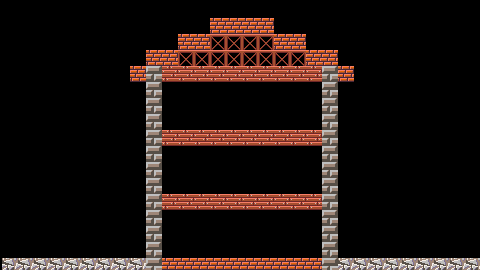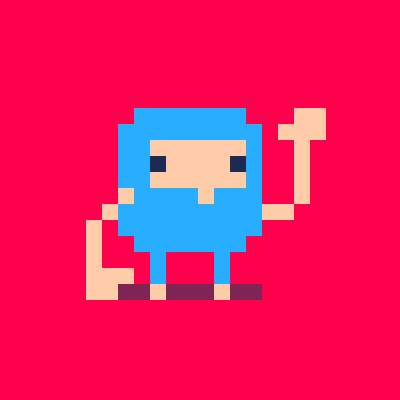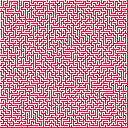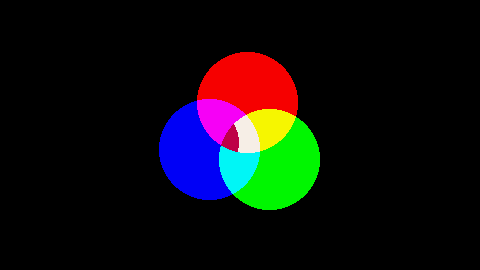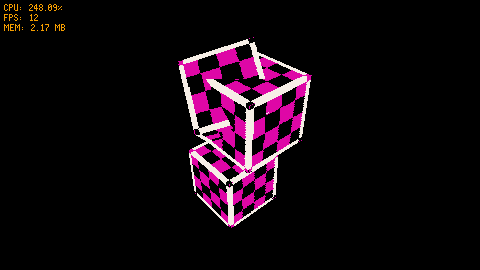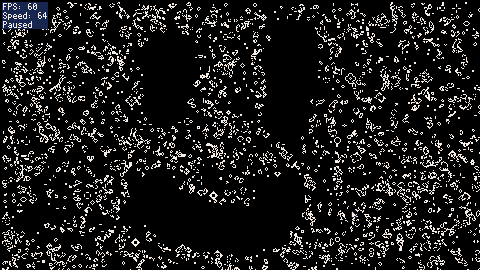I have encountered some strange behaviour when using pod() with keys that are tables.
This code snippet prints {} (it should print nil if it were to be consistent with other pod behaviour)
local a = {}
a[a] = 1
?pod(a) |
This code snippet also prints {}
local a = {}
local b = {}
a[b] = 2
?pod(a) |
But now, the strange part. This:
local a = {}
local b = {}
a[a] = 1
a[b] = 2
?pod(a) |
causes an error, it reads simply attempt to compare two table values. No error location, just this!
Here is a list of bugs/annoyances in the BBS:
Important:
Code preview is broken, if you click on the code button under the pico-8 web player, it doesn't show the code. (It's the right size now, but still no code. Definitely an improvement!)Fixed!
Minor:
- The padding around the pico-8 web player is too big.
- The featured buttons at the top of the BBS don't show the author, it just says "by ".
There are a couple more, but they're not really issues, so I've omitted them.
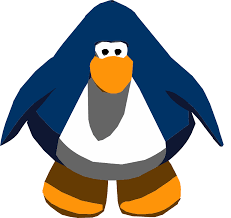
When clicking the play button on the Picotron web player, it stays as a grey screen. Checking the console shows an error, that it can't find https://www.lexaloffle.com/play/picotron_0101.js. After some digging, I believe it should be https://www.lexaloffle.com/play/picotron_0100h.js instead.
Edit: Wait, does this hint at Picotron 0.1.1?
FIXED!!!!
This is a maze generator in 191 characters.
t={-2,2}function g(x,y)if(pget(x,y)<7)return
line(x,y)::l::r=rnd(t)if(rnd(2)>1)then
g(x+r,y)else
g(x,y+r)end
line(x,y)if(rnd(99)>1)goto l
end
cls(7)g(0,0)pal(7,8,1)pal(6,7,1)::_::flip()goto _ |
This is my first time doing this, let me know if it could be improved.
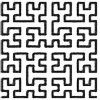

This is a simple transition, that should be fairly easy to use. All the code is in rgb_transition.lua. Simply call rgb_transition_setup() when starting the transition, and then on each frame, after the game is drawn, call rgb_transition(). It takes one argument: Whether the transition should be fading in or out. True fades out. In this test cart, press X to reverse the transition.
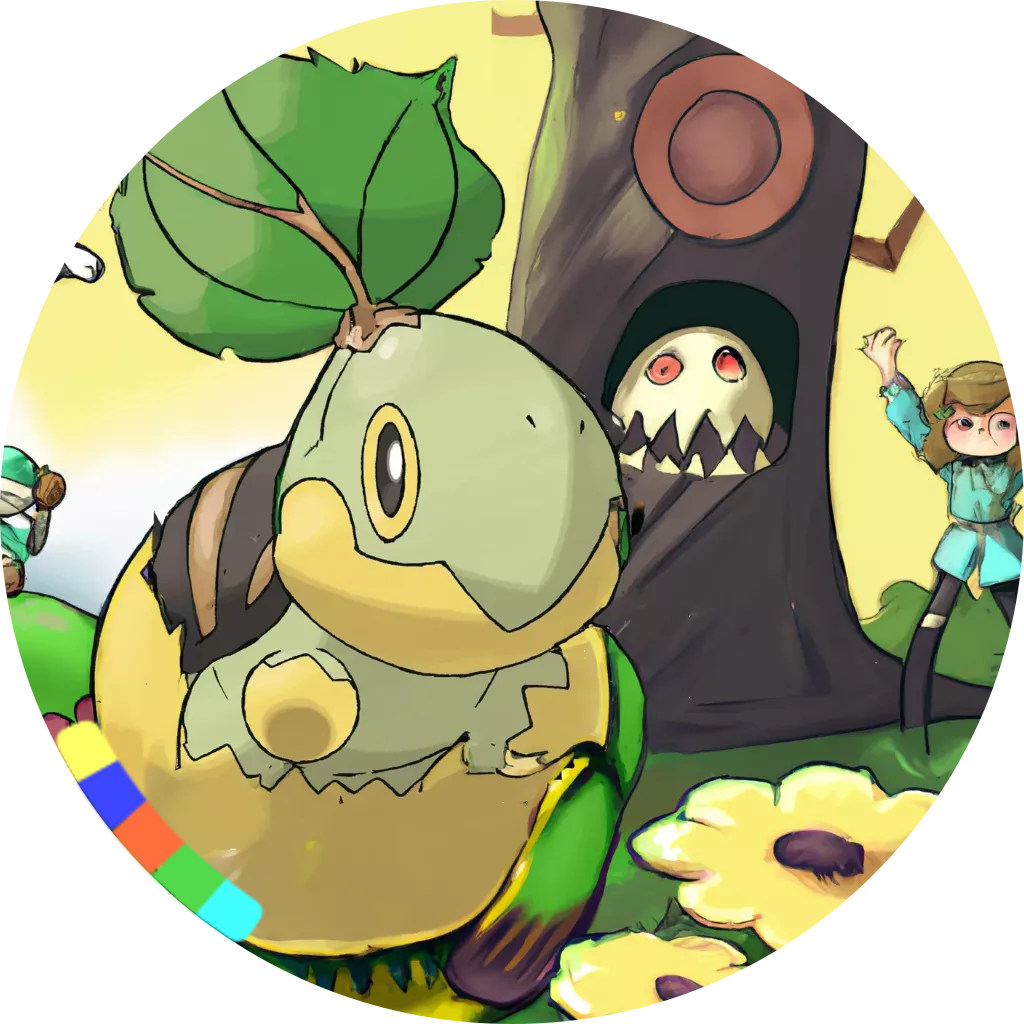
This is mainly a tech demo for a 3d engine with a depth buffer. This is not finished, but I wanted to share it.
TODO:
- Optimisations maybe?
- BSP - currently model faces aren't sorted, so concave models will work weirdly. The depth buffer is only for interactions between models.
- Maybe lower the resolution for better performance?
- Some sort of culling?
- Better use of depth buffer resolution, make it more linear maybe?
(The depth buffer works with the use of colour tables, in a few passes. If anyone wants more detail, I can provide it.)
Oh yeah, controls:
WASD: Move
QE: Up/Down (relative to look dir)
Arrows: Rotate camera
Z/C: Toggle depth rendering
Thanks @freds72 and @Maeve for advice on the memory issue, I hope it's gone once and for all! (Memory still rises rapidly, so I'll look into what could be causing that too)

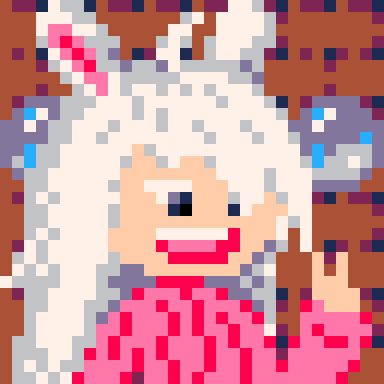
I've encountered a bug where vectors and f64 userdata doesn't get saved in the pod format.
This code:
local foo = vec(10, 10)
print(tostr(foo), 10, 10, 7)
print(pod(foo), 10, 20, 7)
print(tostr(unpod(pod(foo))), 10, 30, 7)
local bar = userdata("f64", 2)
bar.x = 10
bar.y = 10
print(tostr(bar), 10, 50, 7)
print(pod(bar), 10, 60, 7)
print(tostr(unpod(pod(bar))), 10, 70, 7) |
prints:
(10.00000, 10.00000)
userdata("f64",2,"")
(0.00000, 0.00000)
(10.00000, 10.00000)
userdata("f64",2,"")
(0.00000, 0.00000) |
You can see that pod() doesn't save the values for the userdata.
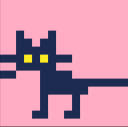

Hello. I was playing around with pods, and I noticed that create_diff isn't defined. here's the code (I'm 99% sure I didn't do something really stupid):
local a = {"a", "b", "c"}
local b = {"a", "c", "d"}
local pa = pod(a)
print(pa)
local pb = pod(b)
print(pb)
local pd = create_diff(pa, pb)
print(pd) |
@zep was the function removed? it's in https://www.lexaloffle.com/dl/docs/picotron_pod.html#POD_Diffs, but maybe that's outdated.
EDIT: Never mind, it's called create_delta!
Here is Conway's Game of Life in Picotron, using the colour tables as a fast way to count all the pixels at once.
This version does not work in the web player, because input is not detected ( @zep pls fix!)
Controls:
Up: Increase simulation speed
Down: Decrease simulation speed
Space: Pause
F: Step one frame
C: Clear screen
R: Randomise screen
L-Click: Draw pixels
R-Click: Erase Pixels
L: Toggle large cursor
Basic code:
[hidden]
function _init()
frame = 0
-- Set up userdata so we can draw the screen to itself
-- by using memcpy() to a memmapped region of memory.
-- The userdata is now the contents of the previous frame,
-- and it is now possible to modify the current frame.
-- We can also call spr() with userdata
-- to draw the previous frame to the current one
screen = userdata("u8", 480, 270)
memmap(0x30000, screen)
end
function set_col_table(new, current, col)
poke(0x8000 + 64*new + current, col)
end
function _draw()
frame += 1
if frame == 1 then
-- Randomise the screen for the first frame.
for y=0,269 do
for x=0,479 do
if (rnd() < 0.2) pset(x, y, 7)
end
end
-- Copy the current screen to the buffer, just for the first frame
memcpy(0x30000, 0x10000, 0x20000)
end
--if (frame % 32 > 0) return
cls()
-- White cells drawn onto colour 0 will set the colour to 1, white onto 1 will be 2
-- and so on. This counts the number of neighbouring cells very quickly
for i=0, 7 do
set_col_table(7, i, i+1)
end
-- Draw the screen 8 times in a ring, for each neighbour. The colour tables
-- do the counting
for y=-1,1 do
for x=-1,1 do
if (x!=0 or y!=0) spr(screen, x, y)
end
end
-- Set up colour tables to turn the "counted" screen into the next frame
-- Set every colour to black except for drawing black onto 3 (brought back alive)
-- and 2 or 3 neighbours for alive (stay alive)
for i=0, 9 do
set_col_table(0, i, 0)
set_col_table(7, i, 0)
end
set_col_table(0, 3, 7)
set_col_table(7, 2, 7)
set_col_table(7, 3, 7)
-- Draw the screen to the "counted" version, with the rules set above
spr(screen, 0, 0)
-- Reset the draw state to make sure we have a predictable next frame
reset()
-- Copy the screen to the buffer for the next frame,
-- before we pollute it with the FPS counter
memcpy(0x30000, 0x10000, 0x20000)
-- FPS counter
if key("x") then
rectfill(0, 0, 44, 8, 0)
print("FPS: "..stat(7), 1, 1, 8)
end
end |







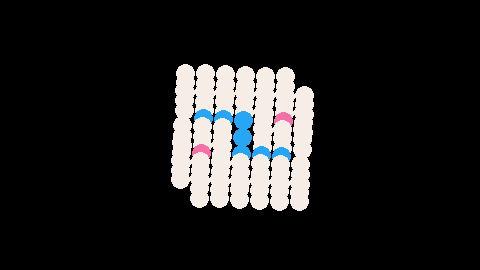
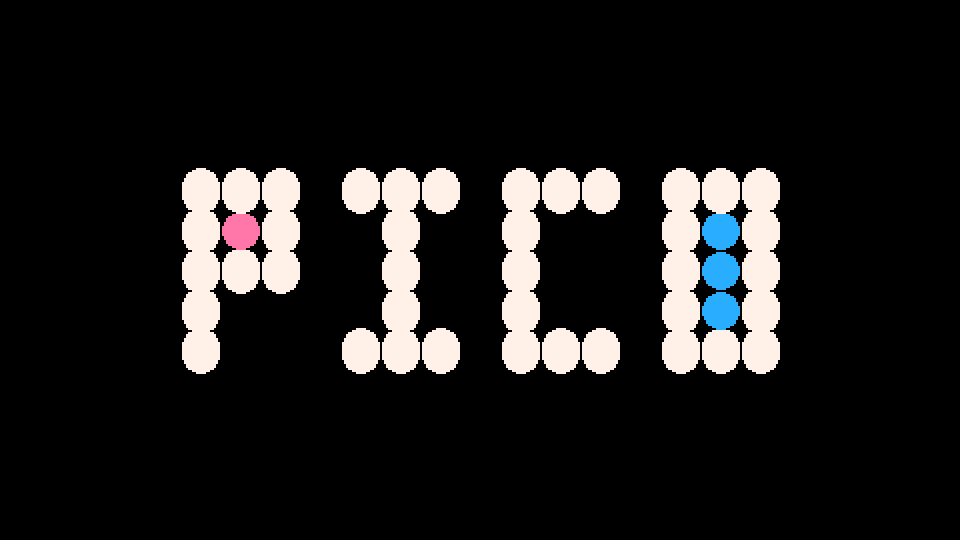
 2 comments
2 comments


